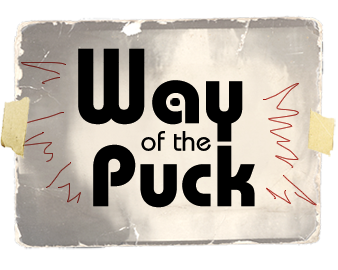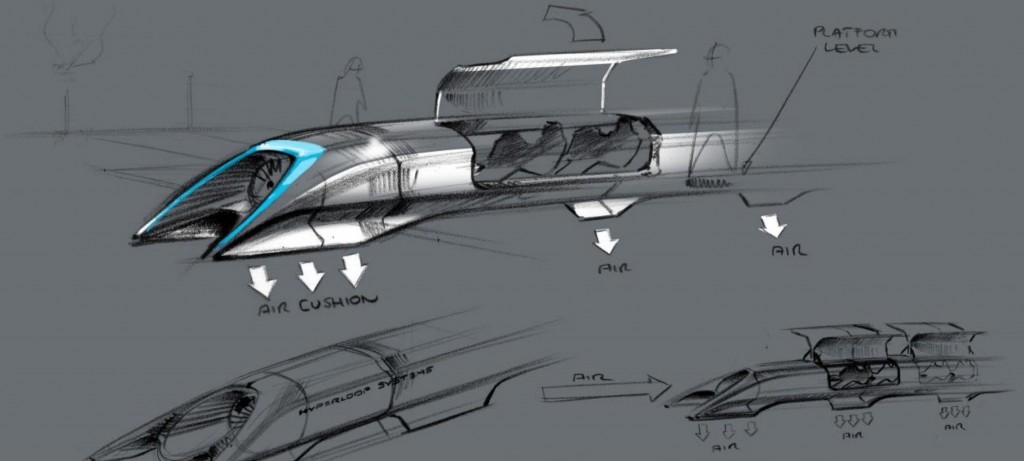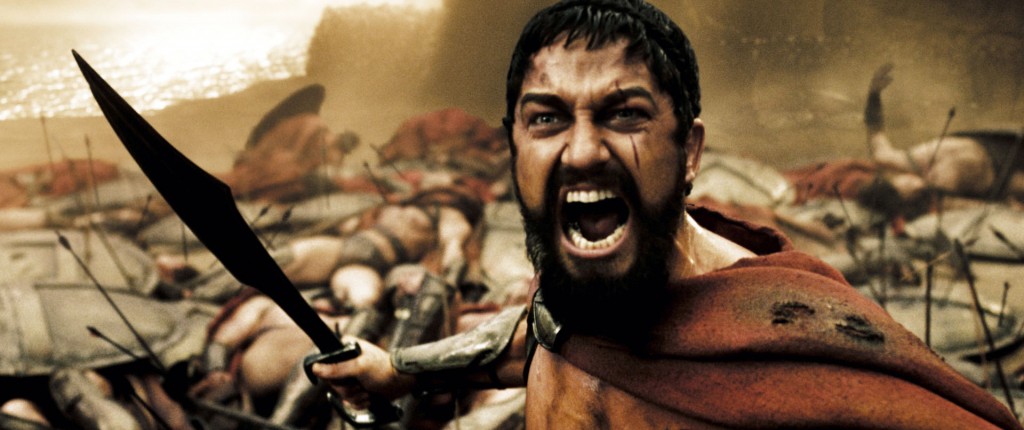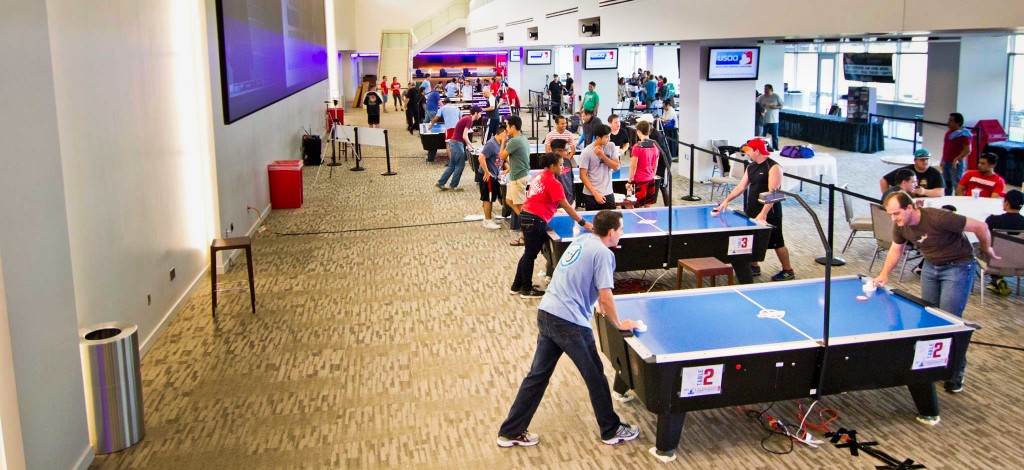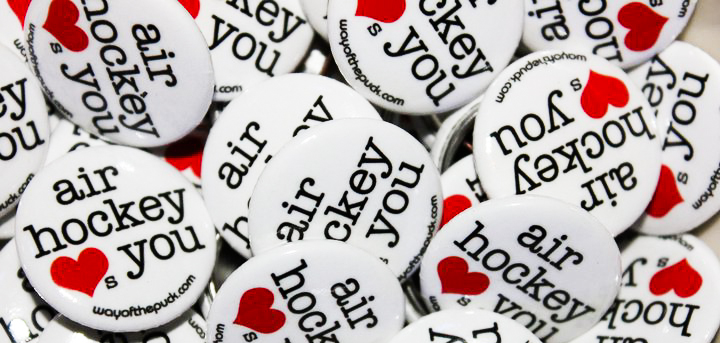Lost Interview With Venezuelan Sensation Pedro Otero
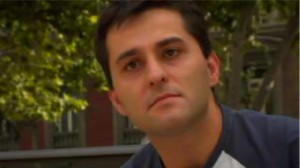
Pedro Otero
If Jose Mora is lithe, lanky, elegant Seattle Mariner Ichiro Suzuki, then Pedro Otero is power hitter Hideki Matsui. All honed their skills playing professionally abroad, then emerged as dominant “rookies” on the international scene. Unbelievably, Otero competed in only four world championships, finishing second in 1998, 1999, and 2000, and finishing fifth in 2001. It is a masterfully short career, and Pedro has probably the highest average finish-per-event in air hockey history. Known for his rock-solid defense, and uniquely powerful (and difficult to defend) right-wall-over, Pedro lived in the competitive shadow of his friend and fellow countryman Jose Mora, who edged him out in three successive tournaments.
We traveled to Madrid to speak with Pedro back in the summer of 2004. The footage was never used in the film, but we wanted to publish a short excerpt of the interview and wish him well.
WOTP: Can you tell me how you got started?
PEDRO: I began playing in the city of Caracas in Venezuela in 1994. I was seventeen years old, and I began playing with some friends. We played our games at Arcade City, which is where we played for many years. Over time, more people joined us. My normal practice partner was Jose Mora. We spent a lot of time practicing together. I can say that our levels were equal because of our consistent practice. We practiced very often, practically every day, and that helped us reach a level that allowed us to travel in 1998.
WOTP: How did that all come about?
PEDRO: In 1998 Jose and I decided to travel to the international tournament in Santa Cruz, California. Tim Weissman helped us in our adventure –- to find some manner to travel to the United States. He made a collection of money amongst the players over there. And he facilitated ticketing information and things like that. I can say that if it were not for him, I believe that we would never have been able to go.
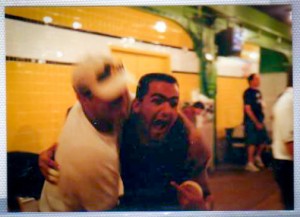
The exuberant Jose Mora
But we still had to embark on a 79-hour one-way bus trip once we arrived in the United States, without knowing, really, what expectations we had for winning, nor having been able to compare or contrast or playing level with the players there. I realize it was a stupid thing to do, an odyssey based more than anything on youth. But in reality, I’m sure neither Jose nor I regret it. And the fruits of this [Jose and Pedro finished first and second place] demonstrate that it was worth the effort.
WOTP: Were there style differences that allowed you succeed against the US players?
PEDRO: I believe that our style is different because in Venezuela we had many more players to compete against – the player base in Caracas was larger than any other city in America, except maybe Houston. There was more of a variety of rivals, which is why I think our style had to be much more complete. We could not just mold ourselves to the characteristics of one player. We had to have a game that was more compact and as complete as possible.
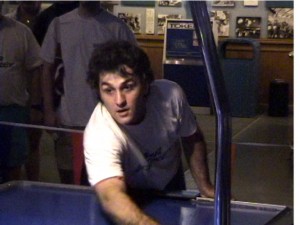
Pedro hits his unique RWO (Right Wall Over)
When I beat Tim Weissman in the semi-finals, I can say that is the biggest moment that I have lived inside of air hockey. And one of the best moments of my life, without a doubt. I can still remember that moment, everything that surrounded it, how I got to that moment. I can say that although I was beginning my career in air hockey, it was the culminating moment as well.
WOTP: How did you end up in Spain?
PEDRO: In the year 2001 I was trying to go live in the United States, because the situation in Venezuela wasn’t adequate. Andy Yevish helped me a lot. He was very helpful. Lamentably, in the end, things could not be. But I am still very grateful to him.
My family members and I decided to come to Madrid, but there is really only air hockey in one city in Spain, which is Barcelona. Generally, this isn’t very good for me because it is about 600 kilometers away. In all sincerity, it was very hard to stop practicing air hockey so much after eight years of uninterrupted play, but there came a moment when I had to recognize that life has other priorities.
WOTP: Do you miss it?
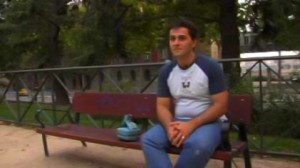
Pedro’s new home: Madrid.
PEDRO: Truthfully, air hockey has given me many good moments, some of the best moments in my life. It has helped me feel that I can attain what I set out to do. In some ways I feel empty having left air hockey. But if were up to me –- under ideal circumstances –- I would have continued playing for the rest of my life.
Air hockey is a sport that teaches you the skills to better yourself in life. And for me, it has helped me realize myself as a person. Others I have played with have made the same comment –- that it’s extremely fun and competitive, and you enrich yourself as a person while playing it.
But one of the best things about air hockey is that you become like a small family, and always maintain contact. We always know about each other. And wherever you go, other air hockey players will know you are there and seek you out. It is something like a chemical between us, between all of us who have played. And that is something special.
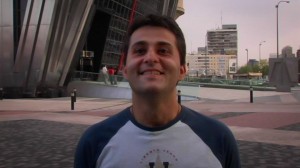
Vote for Pedro!
Thanks, Pedro!
